By 2025, user experience and mobile-first, responsive design aren’t differentiators; they’re the baseline. Instead of focusing on the fundamentals, this article examines the design choices that can genuinely elevate a law firm’s website.
Lead With Brand Strategy And A Clear Message
Before you choose a color palette or wireframe a design, ground the project in brand strategy. A law firm website has three primary jobs: attract qualified prospects, demonstrate credibility, expertise, and authority, and convert as many visitors into consultations as possible. Most attorneys consider their website their most powerful marketing asset, so standing out is essential, and that starts with knowing exactly who your audience is and what persuades them to contact you.
Define The Essentials First
- Audience personas – What keeps potential clients awake at night? What terms do they type into Google when their problems feel urgent? What are the most important questions they need answers to before reaching out?
- Brand voice & positioning – A clear, memorable message that separates your firm from every other local practice.
- Success metrics – Generating more calls, form-fills, chat initiations, signed retainers, etc., make sure to gain agreement with all stakeholders on the numbers that matter.
With those foundations in place, you can begin translating strategy into tangible design decisions that reflect your firm’s value and voice.
- Hero statement that answers the pain point – If personal injury is the focus, your headline might read “Top-Rated New Jersey Personal Injury Attorneys” with a reinforcing tagline such as “Injured? We’ll Take It From Here.”
- Immediate clarity – Visitors shouldn’t wonder whether you handle their type of case; spell it out for them.
- Consistent visual cues – Color palette, imagery, icons, and typography should echo the tone of your voice, whether that’s assertive or empathetic.
- Focused calls to action – Every page should invite the next step (call, chat, schedule a consultation) in language that speaks directly to the client’s need.
By identifying client pain points first and then weaving them into copy, imagery, layout, and CTAs, you create a site that feels tailor-made for your ideal client and converts accordingly.
Color Psychology: Let Your Law Firm Color Palette Speak For You
Colors silently shape how visitors feel about your firm, and whether they reach out. Brands choose hues strategically because each shade carries emotional baggage: Crown Royal’s deep purple bottle, for example, whispers royalty and wealth. Although color meanings vary by culture, research shows reliable patterns in North America that a seasoned web designer will weigh when crafting your law-firm palette.
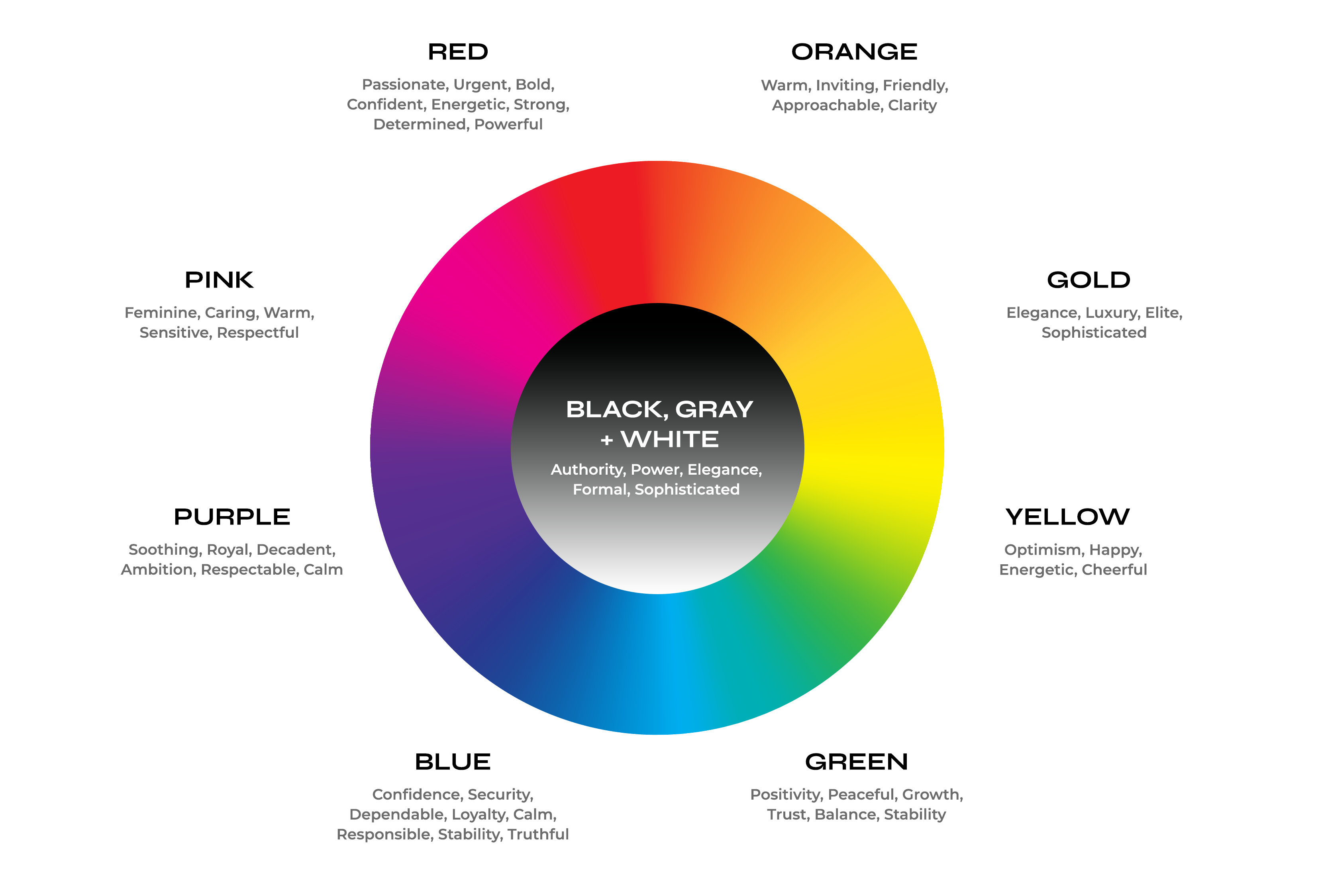
Common Legal-Sector Associations:
- Red - Conveys passion, urgency, and boldness. Ideal for criminal defense firms looking to project fearless, high-stakes advocacy.
- Blue - Evokes trust, calm, and dependability. A strong choice for personal injury practices aiming to reassure and guide anxious clients.
- Yellow & Green - Symbolize optimism, renewal, and emotional balance. Well-suited for family law firms helping clients navigate life transitions with hope.
- Black, Gray & Gold - Represent sophistication, authority, and formality. Best for large or full-service firms that want to communicate gravitas and professionalism.
Start with a primary hue that reflects your clients’ mindset, then build a supporting palette. Use contrasting accent colors for CTAs and neutral tones for readability, reinforcing your emotional message throughout.
Color can also underscore the causes you champion. Take domestic-violence representation: incorporating purple, the internationally recognized hue of support for survivors, instantly signals empathy and advocacy to visitors seeking that specific help.
Example, End Violence Against Women:
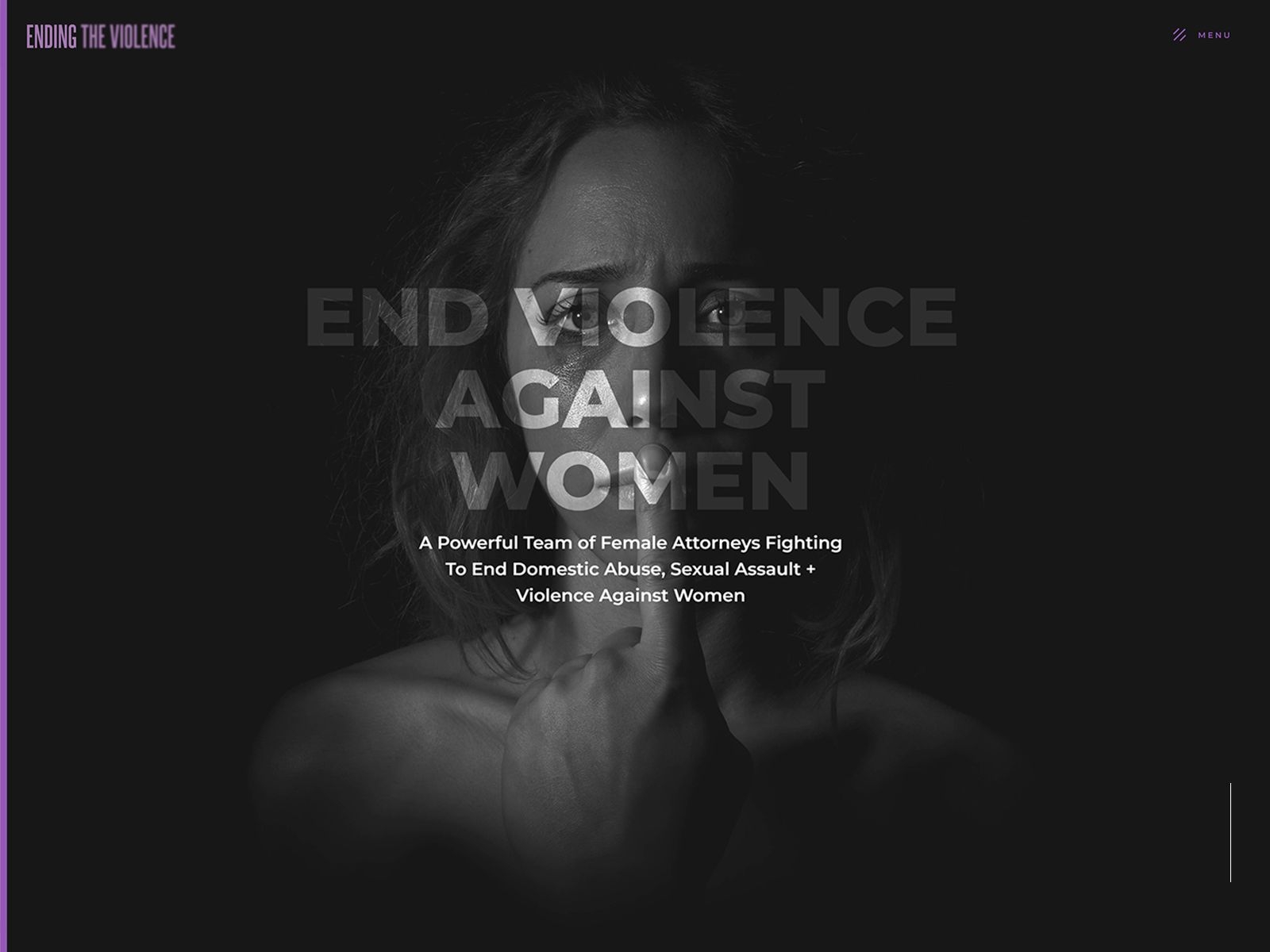
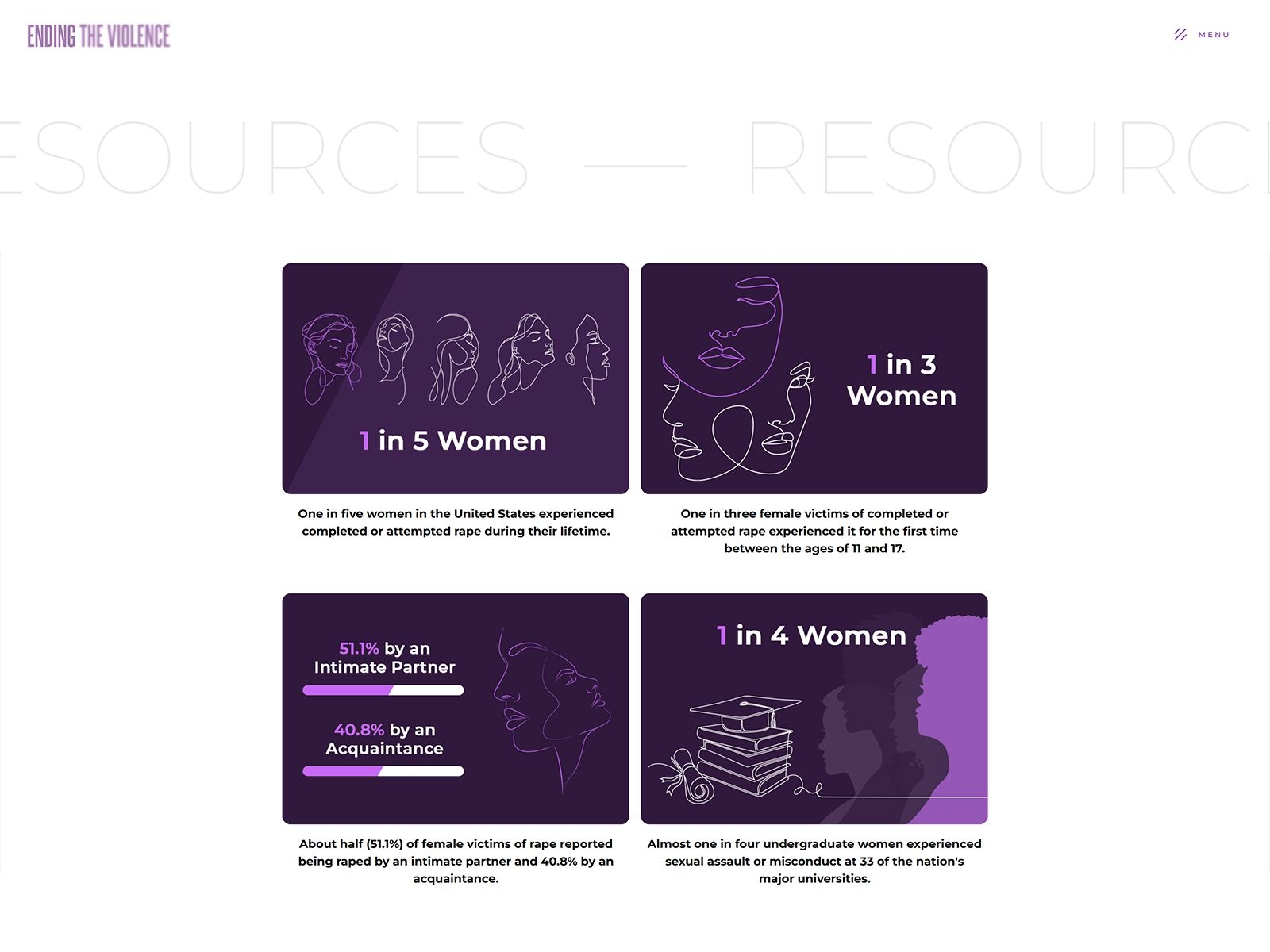
Don’t Be Afraid To Refresh Your Color Palette
If your firm last refreshed its colors when dial-up tones echoed through the office, it’s time to let go. A burgundy-and-hunter-green scheme that felt authoritative in 1999 can read dated, or even untrustworthy, on a retina display in 2025. When you redesign, stay open to a palette that fits today’s practice focus, target clients, and digital context rather than clinging to legacy stationery hues.
By shedding outdated colors and adopting a palette grounded in modern color psychology and your clients’ real needs, you turn mere aesthetics into a silent yet persuasive part of your brand strategy.
What To Do If You Have A Signature Color Already Built Into Your Brand
If your signature color is already splashed across billboards, TV spots, and every piece of marketing collateral, you don’t have to abandon it to modernize your site. A skilled designer can keep that flagship hue at the forefront while pairing it with a fresh secondary palette, updating your look without sacrificing hard-earned brand recognition.
Build Trust & Credibility, Not Just With Your Super Lawyers Badges
Use Human Faces
Prospective clients want to see the real attorneys who will handle their case; people hire people, not gavels. Stock photos or generic videos can fill gaps, but nothing builds trust like featuring your own lawyers in professional headshots or short videos, ideally right on the homepage. Their faces don’t need to dominate the home page, but they should appear prominently so visitors immediately know who will be advocating for them.
Take your attorney bios beyond headshots by embedding short profile videos right on each lawyer’s page. A 60 to 90-second clip lets prospects hear your tone of voice, read your body language, and sense your confidence, insight they can’t get from text alone. When viewers can see and hear the person who may represent them, trust forms faster, time-on-page rises, and conversion rates follow suit.
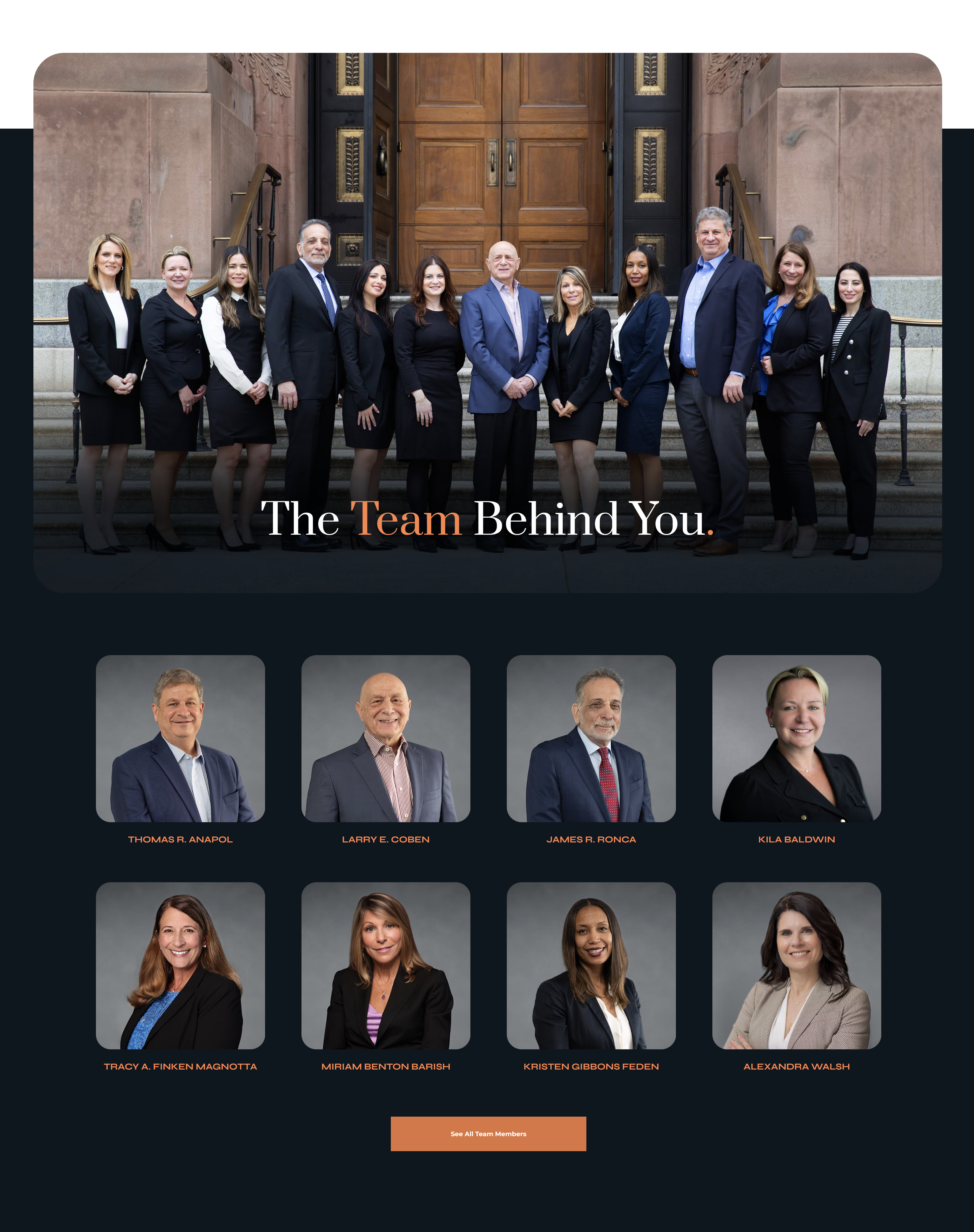
Leverage Social Proof Everywhere, Not Just on a “Testimonials” Island
Online reviews are today’s word-of-mouth, and prospective clients treat them almost as seriously as personal recommendations. That means testimonials deserve prime real estate, not exile on a single page few visitors ever reach. An experienced designer weaves short, high-impact quotes and star-rating snippets into key conversion points: the hero section, practice-area pages, content callouts, even the contact form. Each placement provides a subtle trust nudge exactly where hesitation might creep in.
Keeping those endorsements fresh depends on active Google Business Profile (GBP) management. Respond to every review, glowing or critical, within 24 hours, and make “ask for a review” a routine part of your case-close checklist. The more current, authentic feedback you gather, the stronger your credibility flywheel spins.
Super-Charge Trust With Video Stories
Text is persuasive; video is magnetic. A 30- to 60-second client testimonial lets prospects see genuine emotion, hear the relief in a former client’s voice, and grasp just how far your firm went to secure a positive outcome. These mini-stories routinely rank among the most-watched assets on law firm sites and social feeds, boosting time-on-page and conversion rates. Feature one near the top of your dedicated testimonials page, sprinkle shorter cuts across practice-area pages, and promote them through your GBP and social channels.
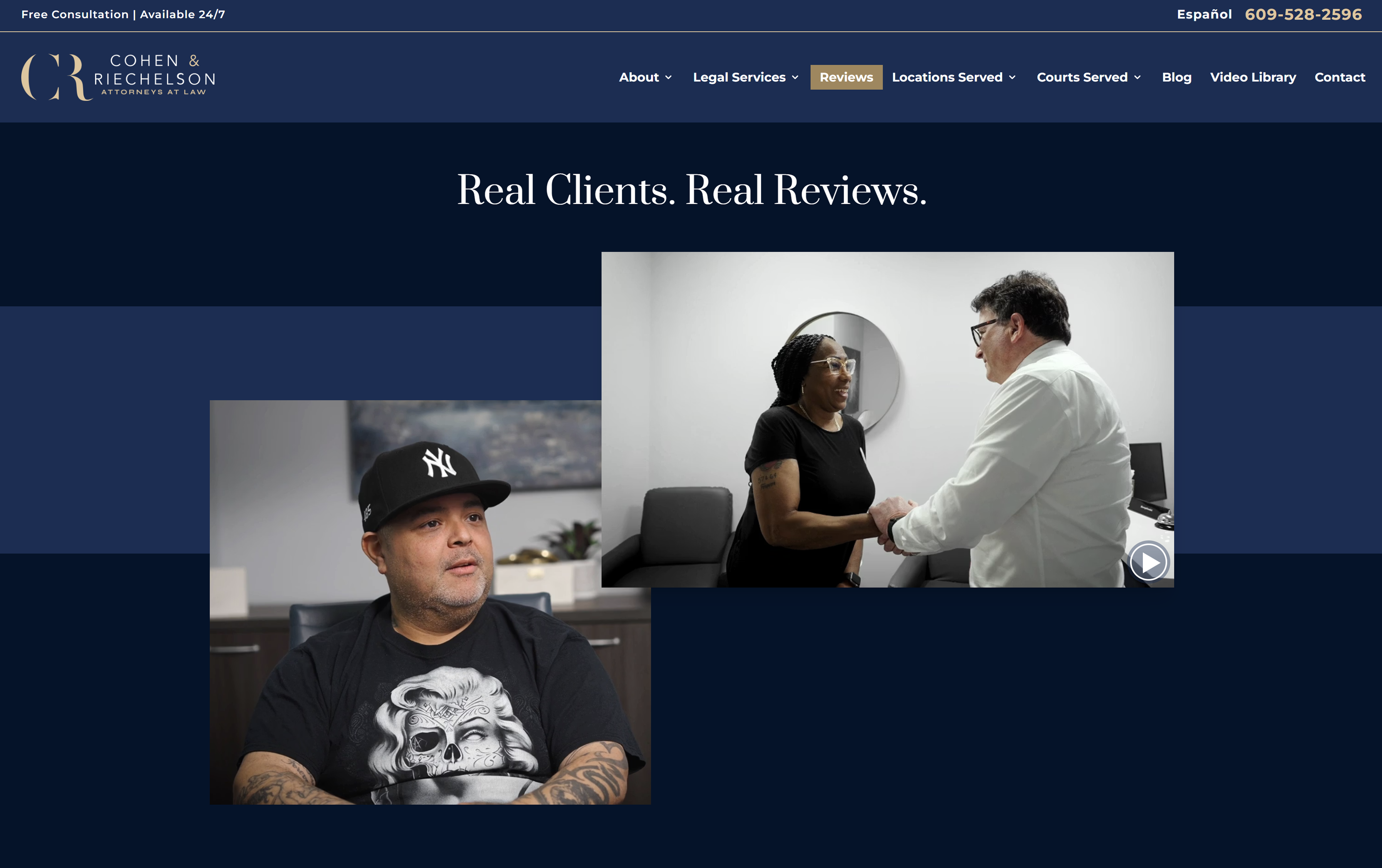
Conversion Rate Optimization (CRO)
When it comes to digital marketing, slick visuals alone don’t pay the bills; conversions do. If visitors can’t immediately see what action to take next, even the most stunning design falls flat. CRO is the discipline of turning traffic into tangible results, and it starts with crystal-clear pathways for users.
1. Make It Effortless to Call Your Firm
- Desktop-friendly prominence: Display your phone number in a large, easy-to-read font near the top of every page.
- Mobile “tap to call”: Add a sticky click-to-call button so smartphone users can reach you without scrolling to the footer.
2. Design Forms People Want to Complete
- Keep it short & sweet: Limit the form to 3–4 essential fields; each extra field can lower completion rates.
- Use inviting contrasts: High-contrast colors for the button and field borders draw the eye and signal interactivity.
- Offer choice: Display your phone number beside the form; some visitors prefer a quick call over typing.
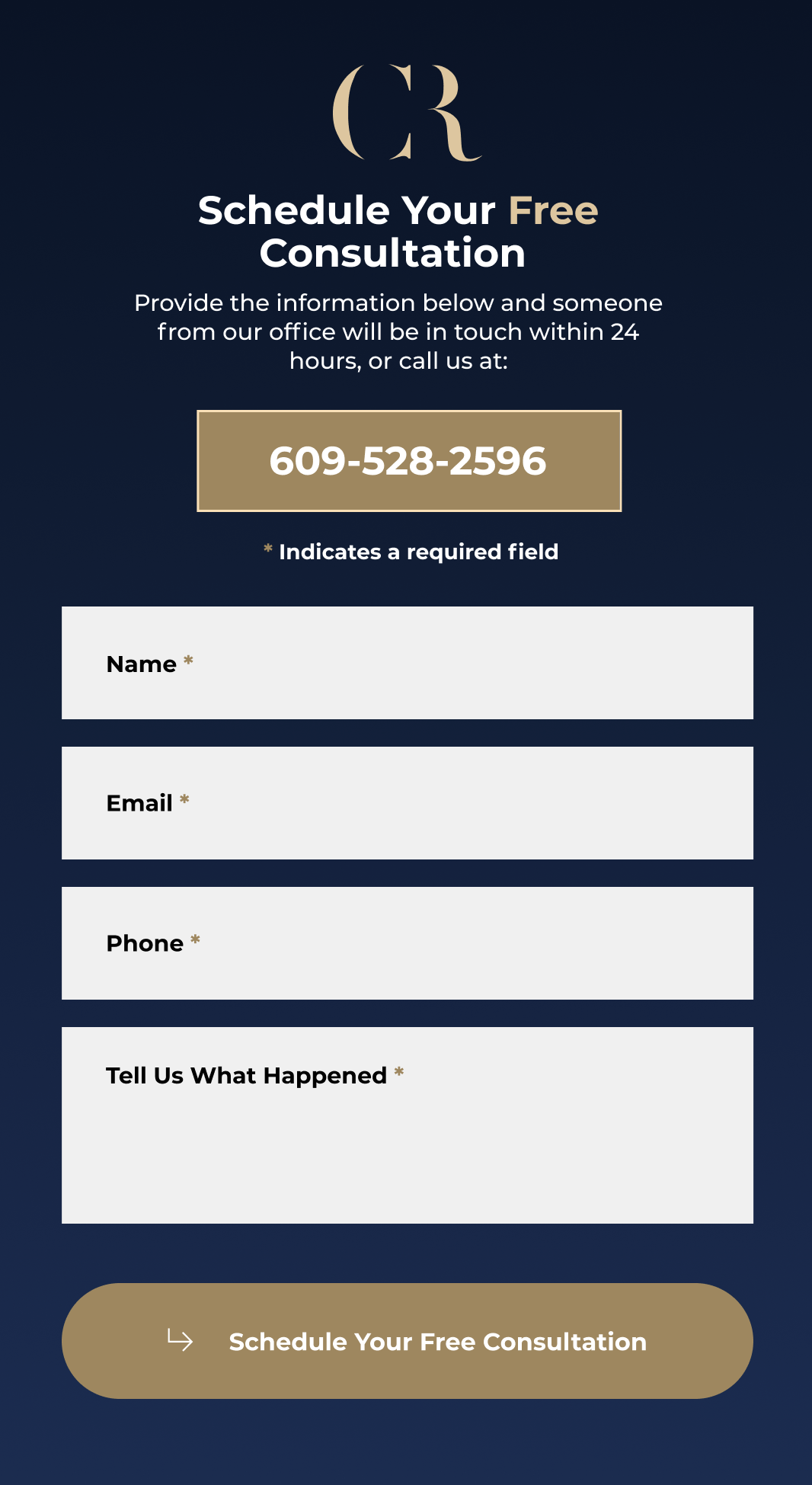
3. Guide Users with Visual Hierarchy
- Primary action first: Your main CTA button (e.g., “Schedule a Consultation”) should dominate in size and color.
- Secondary actions subdued: Links to blog posts, FAQs, or social media should be less visually prominent so they don’t compete with the primary goal.
- Whitespace is your ally: Ample padding around CTAs prevents clutter, making decisions easier for the user.
Addressing Common Law Firm Objections
Even as digital-first marketing becomes the norm, many attorneys still hesitate to invest in a website redesign. The most common objections sound like:
- “It’s working well enough.”
- “Design doesn’t win cases.”
- “Our site just needs to be functional.”
These instincts make sense. Lawyers are trained to prioritize facts over visuals, but online, appearance is evidence. Your website is more than a digital business card; it’s your first impression, your referral engine, and your closing argument, all in one. If it confuses, bores, or fades into the background, you’ve likely lost the client before they ever reach out.
A few key truths:
- Prospects judge credibility within seconds. Clunky, outdated, or impersonal design erodes trust before your bio is ever read.
- "Good enough" is often invisible. If your competitors are investing in sharper messaging, video, SEO, and conversion tools, “working okay” just means “quietly leaking leads.”
- Design doesn’t win cases, but it gets them. The right layout, tone, and messaging don’t replace your legal skills; they give you the chance to prove them.
Modern legal marketing isn't about bells and whistles. It’s about building trust fast, showing you understand client pain points, and guiding them to action. And none of that happens without intentional, strategic design.
An effective law firm website in 2025 does more than look modern; it strategically communicates, builds trust, and converts. The best law firm websites combine a clear brand message, emotionally resonant design, and human-centered storytelling, with strong CTAs, seamless mobile usability, and trust-building proof points woven throughout. Design isn’t just decoration; it’s a silent advocate, working 24/7 to earn your clients’ confidence.
Ready to redesign your firm’s site with strategy at the center? Let’s talk about how to build a site that wins trust and business.






